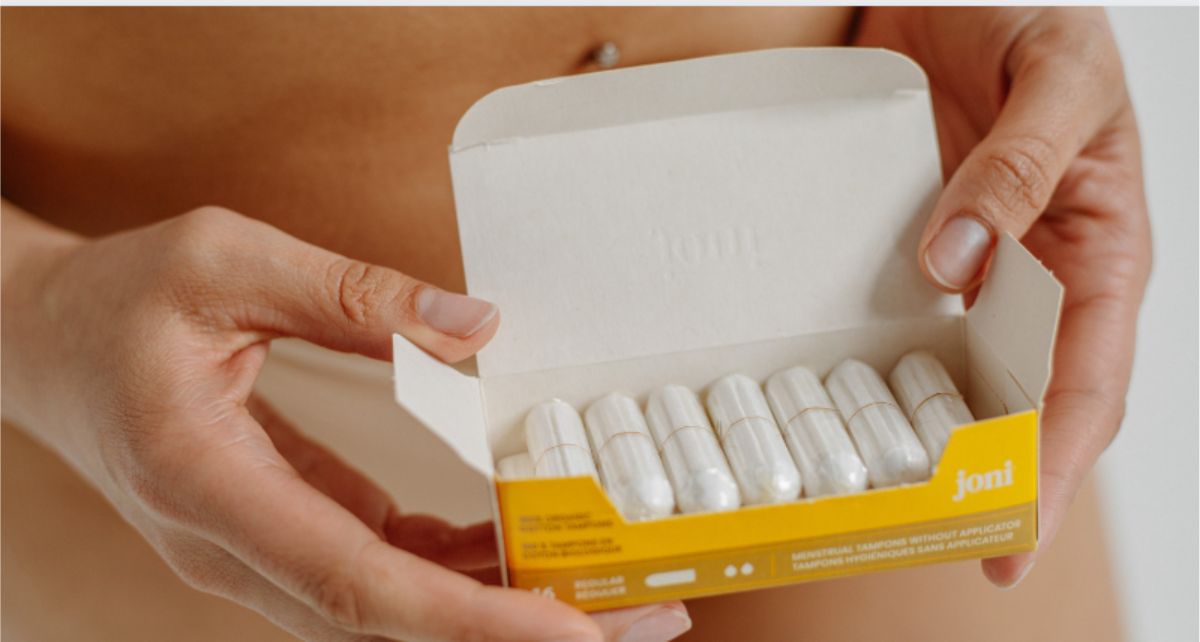Few topics stir as much concern and confusion as Toxic Shock Syndrome (TSS) from tampons. But let’s cut through the haze of uncertainty and get straight to the facts. How common is TSS from tampons, really? What steps can you take to protect yourself? And should you be shaking in your boots at the thought of using tampons? Let’s navigate the truths and myths of toxic shock syndrome from tampons.
How common is TSS from tampons?
First and foremost, let’s address the elephant in the room: How common is TSS from tampons? While TSS is indeed a rare condition, its association with tampon usage has been well-documented.
Statistics suggest that only about three to four cases of TSS occur per 100,000 menstruating individuals each year. While the numbers may seem small, it’s imperative to acknowledge that TSS is a serious concern for those affected.
What causes TSS from tampon use?
Now, let’s talk tampons. TSS is primarily caused by the bacteria Staphylococcus aureus, which produces toxins that can lead to the syndrome. Tampons provide an ideal breeding ground for these bacteria due to their absorbent nature and prolonged contact with the vaginal environment during menstruation.

To make matters trickier, menstrual blood reduces your vagina’s natural acidity, which can decrease your vagina’s ability to kill this bacteria. So you have this environment where you may have increased bacteria.
The risk comes in when people use tampons that are too absorbent than necessary, creating a dry vagina that is susceptible to ulcerations (small cuts) when a tampon is inserted or removed—and those cuts provide the right conditions for bacteria to enter.
How can you prevent TSS when using tampons?
Because of increased awareness and better quality tampons, TSS is a low risk. You can also take further proactive steps to minimize your risk of TSS.
-
Opt for the lowest absorbency tampons you require. Start with regular tampons and only increase the absorbency if you leak. If you need super tampons, remember to reduce absorbency later in your period as your flow tapers off.
-
Change them regularly, ideally every four hours and never longer than eight.
-
Consider alternating between tampons and pads during your period to give your body a break from tampon use.
-
Always wash your hands before and after inserting a tampon.
-
Never use tampons when you’re not on your period.
What about chemicals—like titanium dioxide—in tampons? While there are no studies to show that chemicals currently used in tampons or pads cause cancer or TSS, those who are sensitive to chemicals and materials have found that mainstream products can irritate. It's possible that an irritated vagina could be at greater risk of ulcerations. Instead, look for tampons that are made with organic and certified materials, without added toxins and fragrances.
What are TSS signs to watch for?
Knowledge is power, and being able to recognize the signs and symptoms of TSS is crucial. Keep an eye out for:
-
Sudden high fever
-
Nausea or vomiting
-
Diarrhea
-
Dizziness
-
Fainting
-
Rashing resembling a sunburn
If you experience any of these symptoms while using tampons, remove the tampon immediately and seek medical attention.
What to do if you suspect you have TSS?
If you suspect you may have TSS, don’t delay seeking help. Contact your healthcare provider or go to the nearest emergency room for evaluation and treatment.
Early intervention can significantly improve outcomes and reduce the risk of complications.
Treatment and Recovery
Treatment for TSS typically involves hospitalization and the administration of antibiotics to eradicate the bacterial infection.
Supportive care may also be provided to address symptoms such as fever and dehydration. With prompt and appropriate treatment, most individuals recover fully from TSS, although the process may take several weeks.
Facing the Fear
Given the rarity of TSS, should you be scared and avoid tampons altogether? Let’s put the risk into perspective. Millions of people use tampons safely every day without experiencing TSS. As long as you follow the preventative steps outlined above, your risk is extremely low and you are free to enjoy the convenience and comfort tampons provide.
However, it's important to address period poverty and menstrual equity as it relates to TSS. Those who struggle to afford tampons are at risk of using products for longer than recommended or using toilet paper and other materials that are not sanitary for menstrual care.
We must keep advocating and supporting initiatives that provide period products to those most at risk by donating to non-profit organizations and supporting period care companies that give back to their communities.
Empowering Choices

Ultimately, the decision to use tampons rests with you. While TSS is always a risk, it is a minimal one when tampons are used correctly. Whether you prefer tampons, pads, menstrual cups, or other menstrual products, the most important thing is to listen to your body and take care of yourself.
Originally posted May 1, 2024 and updated on April 16, 2025
